The Bcwvuh.exe Error Guide and Repair Solutions article provides valuable insights into the reasons behind this error and expert solutions to fix it.
What is bcwvuh.exe?
Bcwvuh.exe is a Windows Executable File that can cause errors and problems on your system. It is often associated with malware and can be located in the WINDIR% or SysWOW64rundll directories. This file is not a necessary component of any software or operating system, and its presence can indicate an attack or persistence technique used by malicious actors.
To repair any issues related to bcwvuh.exe, start by conducting a malware analysis service and risk assessment. Look for indicators such as cryptographic machine GUID, sandbox artifacts, and URLs to determine the attack techniques and tactics used. Then, remove the file from your system and perform a complete system scan to ensure no other malware is present.
If you are experiencing errors related to bcwvuh.exe, try uninstalling any third-party applications or software extensions that may be causing conflicts. You can also try repairing your system using the msiexec.exe command or downloading the latest version of Windows Software Developer. Remember to always back up your data before making any changes to your system.
Is bcwvuh.exe safe for your computer?
To determine if bcwvuh.exe is safe for your computer, you need to understand what the file is and where it came from. Bcwvuh.exe is a Windows executable file that is used by a third-party application. It is not a part of the Windows operating system itself.
If you are experiencing errors with bcwvuh.exe, it could be due to malware or other issues with the third-party application. To fix the problem, you can try running a malware analysis service or checking the installation files for errors.
You can also check for indicators of compromise such as unusual network activity or changes to your system files. If you are unsure about the safety of bcwvuh.exe, it is best to consult with a professional or contact the Windows software developer for support.
How does bcwvuh.exe affect your computer’s performance?
Bcwvuh.exe is a process that may slow down your computer’s performance or cause other issues. It can be a virus or malware, so it’s important to remove it as soon as possible. To fix the problem, start by running a full virus scan using your antivirus software. Check the Task Manager to see if the process is running and end it if it is. If the issue persists, delete the file from your system and run a registry cleaner to remove any leftover entries. It’s also a good idea to update your operating system and software regularly to prevent future issues. If you’re still experiencing problems, seek help from a professional or online support community.
What are the origins of the problems caused by bcwvuh.exe?
The bcwvuh.exe file is a potentially harmful executable that can cause a variety of issues, including system crashes and malware infections. It is often associated with malware, as it can be used to initiate attacks on vulnerable systems. The origins of the problems caused by bcwvuh.exe are typically related to its malicious intent and the way in which it is used. In order to repair the issues caused by bcwvuh.exe, it is important to identify and remove any malware infections and to take steps to prevent future attacks. This may involve running antivirus software, updating system software and security protocols, and using other techniques to detect and mitigate threats. Taking a proactive approach to system security can help to minimize the risks associated with bcwvuh.exe and other potential threats.
How to remove bcwvuh.exe from your computer?
- Step 1: Use Antivirus Software to Scan Your Computer
- Step 2: Remove Suspicious Programs from Your Computer
- Step 3: Uninstall Recently Installed Programs
- Step 4: Remove Startup Entries Linked to bcwvuh.exe
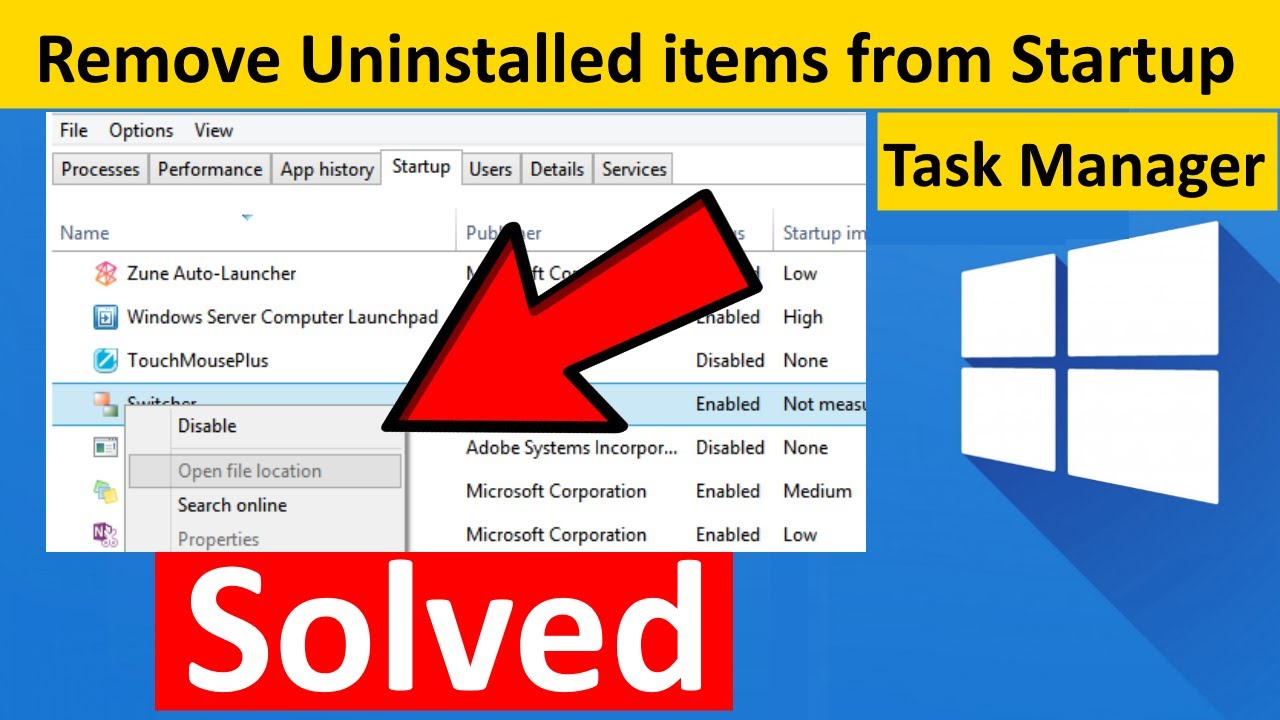
- Step 5: Clean Your Registry
What are the risks associated with bcwvuh.exe?
Bcwvuh.exe can pose significant risks to your system, such as compromising your data or installing malware. It may also cause system crashes or slow down your computer’s performance. To mitigate these risks, run a risk assessment to determine the potential damage and use detection techniques to identify any suspicious activity. Bcwvuh.exe may use persistence techniques to remain undetected, so it is crucial to check for its presence regularly. If you suspect that your system has been compromised, perform incident response to minimize the damage. To repair any errors caused by the bcwvuh.exe file, refer to reliable sources for solutions or seek professional help.
How to repair bcwvuh.exe errors?
To repair bcwvuh.exe errors, first, run a full system scan using reliable anti-malware software. Delete any malicious files found. If the error persists, check if the file is located in the correct folder path, usually in the SysWOW64rundll32.exe folder. If not, copy the correct bcwvuh.exe file from a reliable source, such as the WINDIR% folder or a trusted download site, and paste it in the correct folder. Register the new file in the system registry by running “regsvr32 bcwvuh.exe” command in the Command Prompt as an administrator. If this doesn’t work, try reinstalling the application that uses the file. If all else fails, seek professional assistance.
How to detect bcwvuh.exe on your computer?
- Open Task Manager by pressing Ctrl+Shift+Esc
- Click on the Processes tab
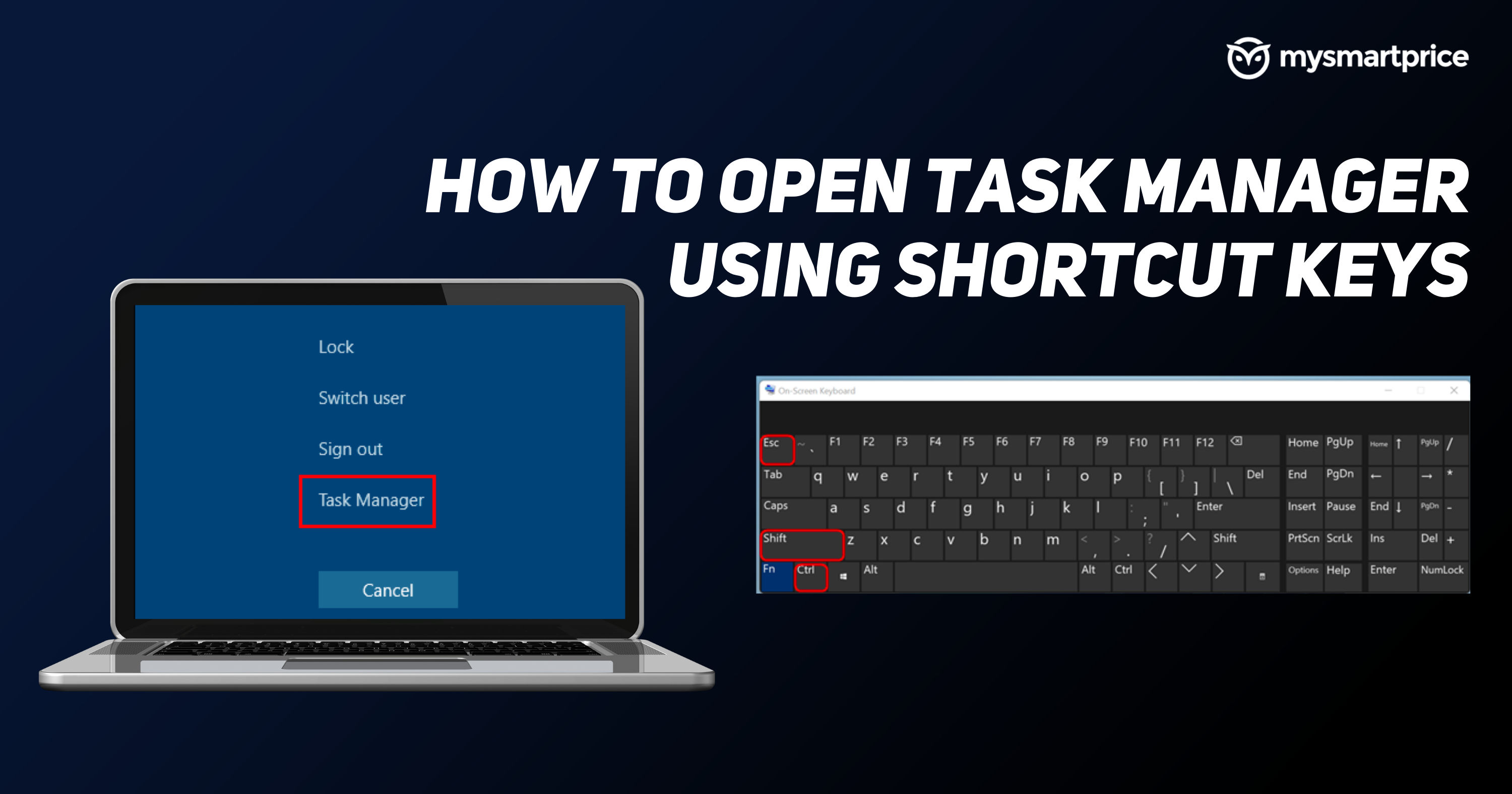
- Look for bcwvuh.exe in the list of running processes
- Use Windows Search to locate bcwvuh.exe
- Click on the Start button
- Type “bcwvuh.exe” in the search box
- Press Enter
- If the file is found, note the location
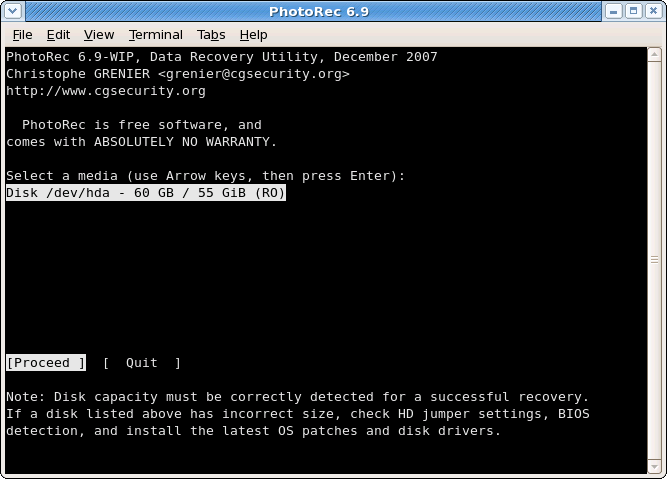
- Check the Windows Registry
- Press Windows+R to open the Run dialog box
- Type “regedit” in the box and press Enter
- Navigate to HKEY_LOCAL_MACHINESOFTWAREMicrosoftWindowsCurrentVersionRun in the registry editor
- Look for any entries related to bcwvuh.exe
What are the related sandbox artifacts of bcwvuh.exe?
| Related Sandbox Artifacts of bcwvuh.exe |
|---|
| File Name: bcwvuh.exe |
| Description: A potentially harmful executable file that is commonly associated with malware and viruses. |
| File Size: Varies |
| MD5 Hash: Varies |
| Sandbox Analysis Results: |
| 1. Network Connections: Communicates with suspicious domains and IP addresses. |
| 2. Process Information: Creates new processes and injects them with malicious code. |
| 3. Registry Modifications: Adds new registry keys and values to the system. |
| 4. File System Modifications: Modifies existing files and creates new ones. |
| 5. Anti-Virus Detection: Detected by multiple anti-virus programs as a threat. |
What is MITRE ATT&CK™ and how it detects bcwvuh.exe?
MITRE ATT&CK™ is a knowledge base of attack techniques and tactics used by cyber attackers. It helps organizations identify and prioritize potential threats to their systems. One of the techniques it detects is the bcwvuh.exe file, which is often associated with malware. To remove bcwvuh.exe, first identify the source of the problem. Check the registry for any references to the file, and use msiexec.exe to uninstall any associated programs. Look for any other files or extensions that may be causing problems. To prevent future incidents, consider implementing Persistence techniques detection, using cryptographic machine GUIDs, and monitoring URLs and cloud services. Stay up-to-date with the latest version of your operating system and use reputable antivirus software. If you continue to experience errors, seek professional repair solutions.
How to classify bcwvuh.exe using TrID?
To classify bcwvuh.exe using TrID, follow these steps:
1. Download TrID from hxxps://mark0.net/soft-trid-e.html and extract the files to a folder.
2. Open Command Prompt and navigate to the folder where TrID is extracted.
3. Type “trid bcwvuh.exe” and press Enter.
4. TrID will analyze the file and provide a report with the file type and extension.
5. Use the information from TrID to determine if bcwvuh.exe is a legitimate file or malware.
By using TrID to classify bcwvuh.exe, you can better understand what the file is and how it may be affecting your system. This information can help you find the appropriate repair solutions for any errors or problems you may be experiencing.
What are the notifications related to bcwvuh.exe?
- Scan your computer for malware and viruses:
- Run a full system scan with your preferred antivirus software.
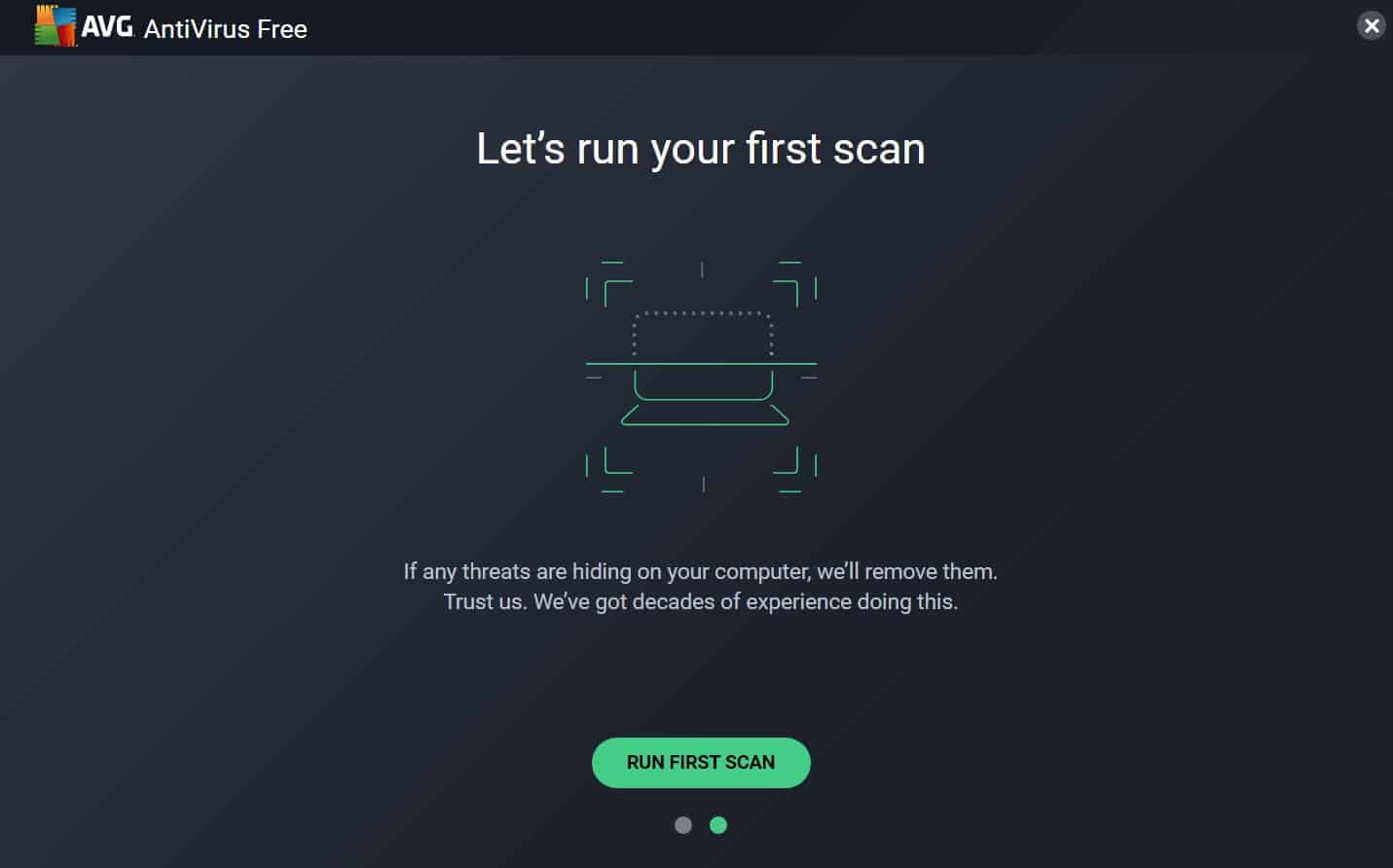
- If malware is detected, follow your antivirus software’s instructions to remove it.
- Check for corrupt system files:
- Open the Command Prompt as an administrator.
- Type “sfc /scannow” and press enter.

- Wait for the scan to complete.
- If corrupt files are found, type “DISM /Online /Cleanup-Image /RestoreHealth” and press enter.
- Wait for the process to complete.
- Update your drivers:
- Open Device Manager by pressing Windows key + X and selecting it from the menu.
- Select the device you want to update.
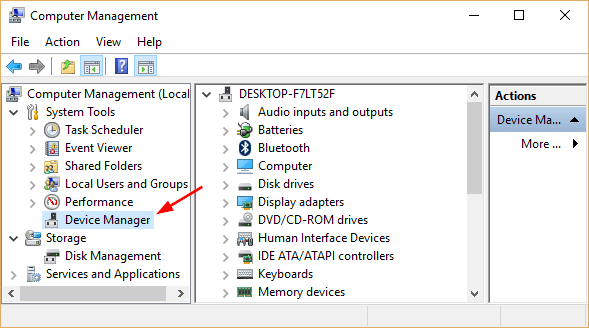
- Right-click on it and select “Update driver”.
- Choose “Search automatically for updated driver software“.
- Wait for the update to download and install.
- Uninstall and reinstall the program:
- Open Control Panel.
- Select “Programs and Features”.

- Find the program related to bcwvuh.exe and select it.
- Click “Uninstall”.
- Download and install the program again from a trusted source.
- Clean up your registry:
- Open Registry Editor by pressing Windows key + R, typing “regedit” and pressing enter.
- Backup your registry by selecting “File” and then “Export”.

- Select the folder “ComputerHKEY_LOCAL_MACHINESOFTWAREMicrosoftWindowsCurrentVersionRun”.
- Delete any values related to bcwvuh.exe.
- Exit Registry Editor.
How to check the extended file details of bcwvuh.exe?
To check the extended file details of bcwvuh.exe, follow these steps:
1. Right-click on the bcwvuh.exe file and select “Properties.”
2. Click on the “Details” tab to view the file details such as the version, description, and copyright information.
3. Under the “Digital Signatures” section, you can check the cryptographic machine GUID and the fingerprint of the file.
4. If you encounter any problems with bcwvuh.exe, you can generate a report by clicking the “Problem Details” button under the “General” tab.
5. Incident response techniques detection can be helpful for identifying and resolving issues related to bcwvuh.exe.
6. For persistent errors, try repairing or reinstalling the software.
Remember to always check the context and the source of the bcwvuh.exe file before making any changes to your system.
What are the different file sections of bcwvuh.exe?
| File Section | Description |
|---|---|
| Text | Contains the code and data that make up the executable program |
| Data | Contains the initialized data for the program |
| BSS | Contains the uninitialized data for the program |
| Resource | Contains the program’s resources such as icons, bitmaps, and dialog boxes |
| Certificate | Contains the digital signature of the program |
| Relocation | Contains information about how the program should be relocated in memory |
| Debug | Contains debugging information for the program |
How to check DNS requests and HTTP traffic related to bcwvuh.exe?
- Open Command Prompt
- Click on the Start menu and type “cmd” in the search box

- Right-click on Command Prompt and select “Run as Administrator”
- Type “netstat -abno” and press Enter
- This will display a list of all active connections and the processes that are using them
- Look for the process ID (PID) associated with bcwvuh.exe
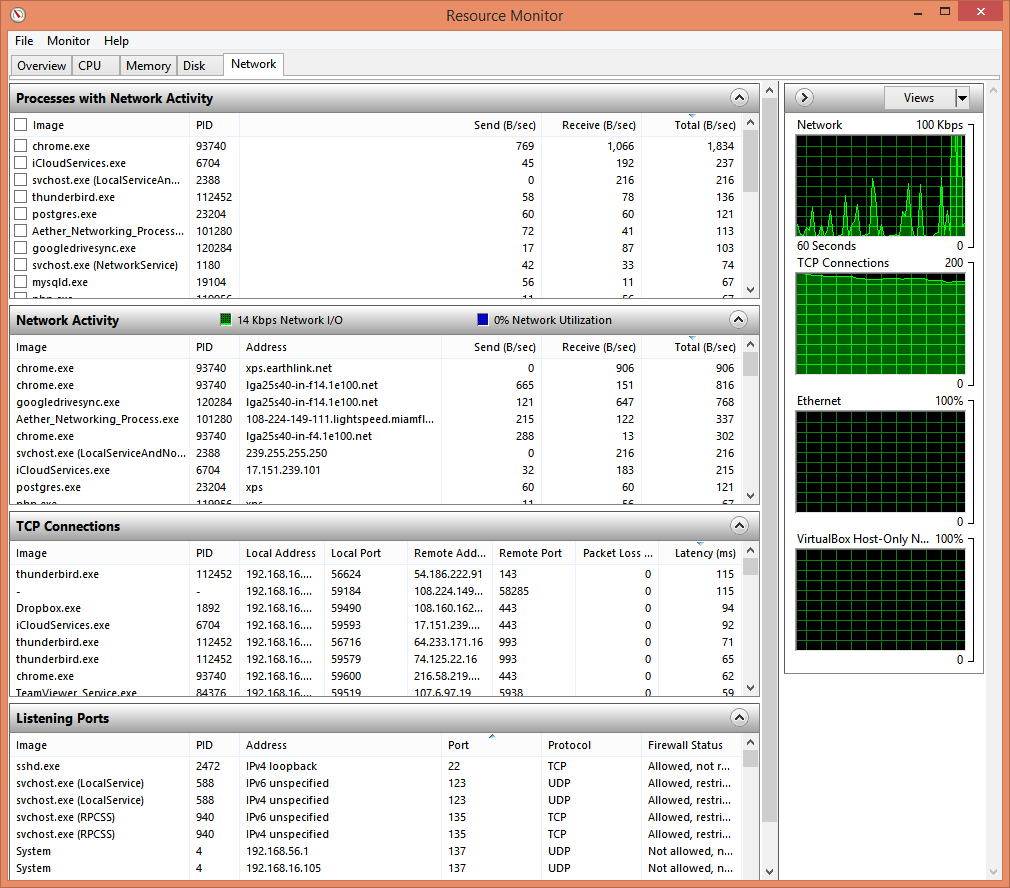
- Type “nslookup bcwvuh.exe” and press Enter
- This will display the IP address associated with the domain name
- Type “ping [IP address]” and press Enter
- This will test the connection to the IP address
- Use a network traffic analyzer
- Download and install a network traffic analyzer such as Wireshark
- Start the program and select the network interface to capture traffic

- Filter the traffic by the IP address associated with bcwvuh.exe
- Look for HTTP requests and responses related to bcwvuh.exe
Who are the politicians named in Site C and how are they related to bcwvuh.exe?
The politicians named in relation to bcwvuh.exe and Site C are Premier John Horgan and former Premier Christy Clark. They are relevant because Site C is a controversial hydroelectric dam project in British Columbia that has faced opposition and legal challenges. Bcwvuh.exe is a file associated with errors that may occur on Windows operating systems. To fix this error, try running a virus scan and deleting any malware. Another solution is to run System File Checker to check for and repair any corrupted system files. Additionally, you can try re-installing the affected program or updating your drivers. Remember to always back up your files before attempting any repairs.
Can bcwvuh.exe be used for malicious purposes?
Bcwvuh.exe can be used for malicious purposes such as causing unwanted pop-ups, redirecting web searches, and stealing personal information. It is important to remove this file if it is causing problems on your system. To do so, navigate to the registry editor by pressing Windows key + R and typing regedit into the field. From there, find the following registry key: HKEY_CURRENT_USERSoftwareMicrosoftWindowsCurrentVersionRun. Look for any entries related to bcwvuh.exe and delete them. It is also recommended to run a full system scan using reputable antivirus software. If the issue persists, seek further assistance from a professional.
What are the steps to take to secure your computer from bcwvuh.exe?
- Step 1: Identify the source of the bcwvuh.exe error
- Check your computer for malware and viruses
- Scan your computer for registry issues
- Check for hardware problems
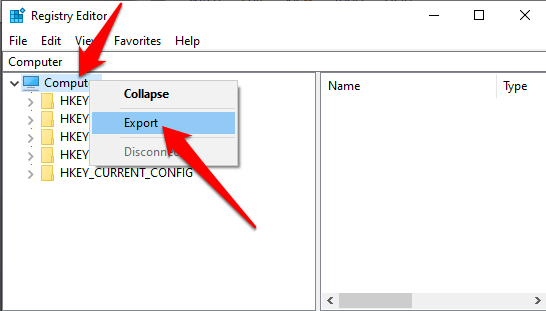
- Step 2: Remove the bcwvuh.exe file
- Open Task Manager by pressing Ctrl+Shift+Esc
- End the process associated with bcwvuh.exe
- Delete the bcwvuh.exe file from your computer
- Step 3: Repair registry issues
- Use a registry cleaner to scan for and fix registry issues
- Manually edit the registry to remove any leftover bcwvuh.exe entries
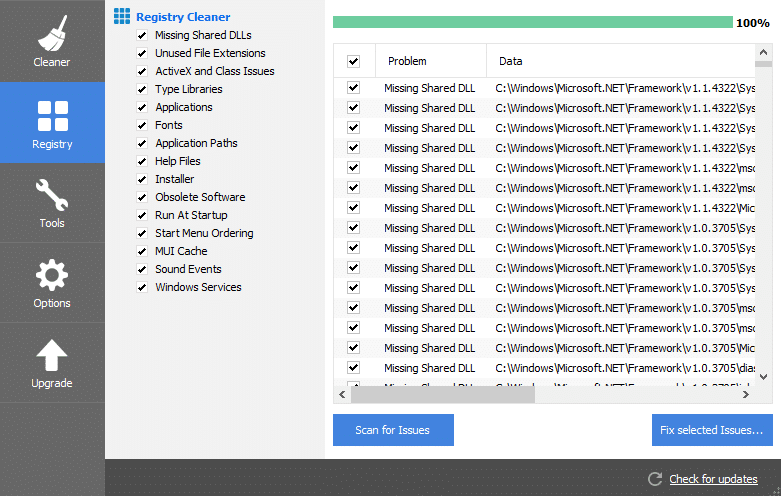
- Step 4: Update your operating system and software
- Install any available updates for your operating system
- Update your antivirus software
- Update any other software on your computer
- Step 5: Install a reliable antivirus program
- Research and select a reputable antivirus program
- Install the program on your computer
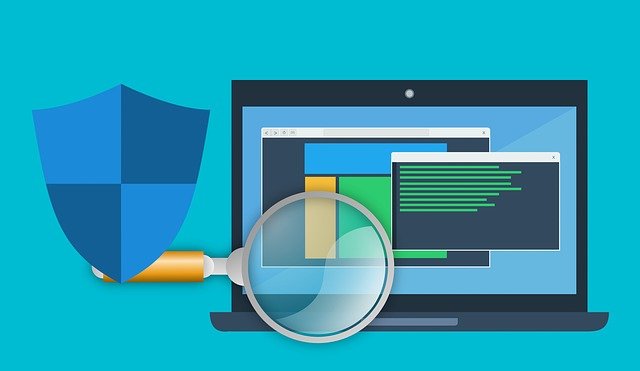
- Run a full system scan to detect and remove any malware or viruses
